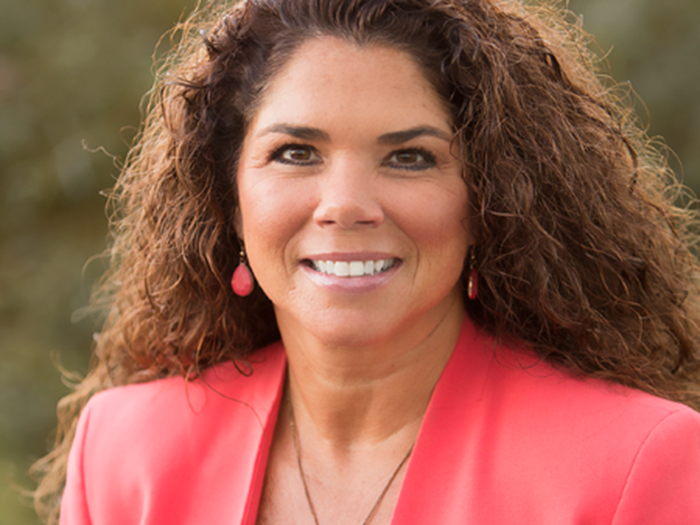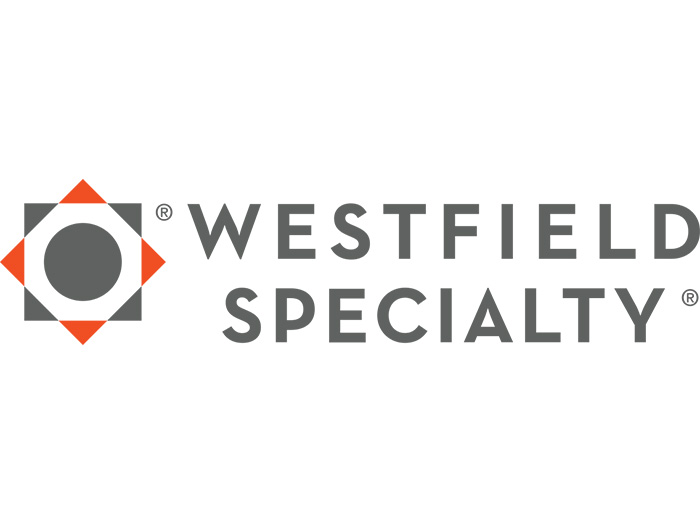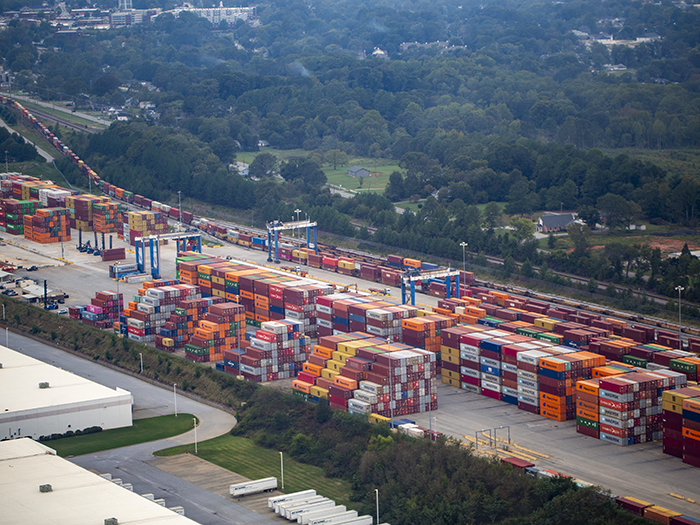RISKWORLD™ 2025 Coverage: Anne Marie Towle and Will Lehman

Captive insurance companies offer their parent companies greater control over risk financing, loss control, and claims management, and so many organizations are turning to the captive world for solutions. But once a captive is formed, questions often arise as to how best to optimize the captive and achieve the best outcomes. A session at RISKWORLD™ 2025 in Chicago provided attendees with an examination of the captive formation process with a focus on how to maximize the captive during each step.
Anne Marie Towle, CEO of Global Risk & Captive Solutions at Hylant, and Will Lehman, Global Director of Risk Management and Artificial Intelligence at Cook Group, presented the session, “Effective Captive Utilization,” to a packed audience of captive owners, risk managers, brokers, and others. The speakers divided the session into three parts, each representing a stage of a captive’s maturation: Crawl, Walk, and Run.
Before formation, the speakers discussed how a successful captive strategy should begin with an understanding of the organization’s risk philosophy. Feasibility studies will assess what a company could retain, but the panelists pointed out that the more meaningful questions lie in what the company should retain, considering its operations, financial capacity, and the comfort level of senior leadership. The distinction between risk appetite, what an organization is willing to assume, and its risk tolerance, which is what it can realistically absorb without risking business continuity and strategic goals, is a critical point to consider before forming a captive.
The Crawl, Walk, and Run Phases of Captive Maturity
Towle and Lehman walked through a structured approach to captive development using three growth phases:
The Crawl Phase (years 1-3) is the foundational phase of captive formation, focused on internal alignment and generally conservative risk assumptions. Many captives begin with low volatility coverages like workers’ compensation or general liability, combined with tight oversight and a basic investment strategy. Guiding principles set during the crawl phase help create discipline and structure for the future of the captive.
The Walk Phase encompasses years three to five. At this time, the captive has several years of performance metrics and can utilize this data to be more proactive by increasing retentions, expanding into new lines, and accessing reinsurance markets. This phase includes more formalized strategic planning and collaboration through mid-year and annual audits examining financial results, risks, and alignment with the overall business strategy.
During the Run Phase, after year five, captives are fully optimized. They are dynamic risk financing structures embedded into the enterprise strategy. By this time, the captive should have a health surplus and support from the parent company, allowing it to respond quickly to disruptions and assume traditional and non-traditional risks. The captive may be used to fund loss prevention programs or backstop emerging risks like AI, cyber, or supply chain interruptions.
Governance is critical during every stage of captive formation and optimization. A thoughtful approach to governance through board composition and committee structure, and a focus on documentation, helps ensure continuity in the captive even as leadership evolves. Education is also important as the captive grows. Involving legal, HR, operations, and finance early in the captive formation helps create alignment and can reduce friction during the growth phase when changes are frequent and decisions must be made quickly.
Benefits of Optimizing Your Captive
The panelists pointed out that an often-unconsidered benefit of fully optimized captives is how they transform C-suite views on insurance, risk, and retention. Lehman noted that a well-functioning captive reframes insurance coverage as a tool for risk financing, not just as an expense to the bottom line. Captives help to build organizational fluency around risk management because they force conversations around capacity, limits, and coverage choices, encouraging leaders to think more deeply about these risk and insurance decisions.
Shifting the mindset also allows for discussions of risks like political instability, AI, cyber, and other non-traditional, emerging exposures. Captives can help organizations evaluate these novel risks in terms of financial impact and risk financing options, rather than being locked into the traditional insurance market, where the conversation centers around capacity constraints rather than opportunity.
Captives have become a necessity in many ways, given recent years of hard markets combined with rising volatility in various lines and shifting regulations. The usage of captives has shifted from a niche option to a mainstream solution, where the true value lies in effective optimization and utilization. This RISKWORLD session made it clear that the question is not simply whether to form a captive. Instead, it is how to use your captive to its full potential and maximize its value.










